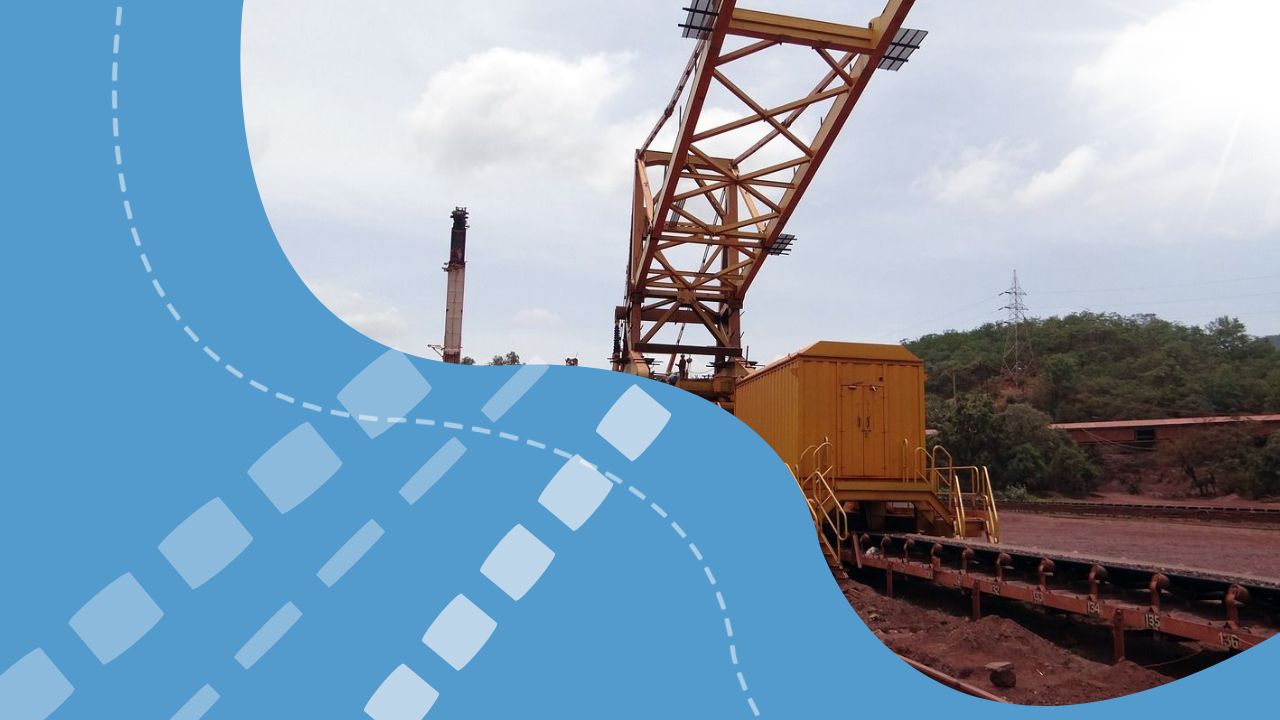Orlen announced yesterday that it has secured all the requisite construction permits, contracted all key components and secured all necessary financing. It has also started the construction of a terminal in the port city of Świnoujście that will speed up the installation of offshore wind turbines.
“Despite the formidable challenges posed by the pandemic, supply chain disruptions and military conflict across our eastern border, we have adhered to the ambitious timeline we set from the outset,” said Orlen’s CEO, Daniel Obajtek. His firm describes Baltic wind as “Central Europe’s largest green energy project”.
The foundation laying for the Baltic Power project is scheduled for 2024. The wind farm will comprise of 76 250-metre-high turbines, each with a unit capacity of 15 MW. Total installed capacity will reach 1.2 GW in 2026.
Last month, Baltic Power signed loan agreements for a total of around €4.4 billion (a figure higher than the €3.6 billion initially reported) with 25 Polish and international financial institutions.
“This is the largest financing obtained for a single investment in Poland’s history and one of the largest transactions of its kind in the offshore area in Europe,” said Orlen.
As part of its energy transition strategy, the company also announced last month a $1 billion (4.2 billion zloty) investment in carbon capture and storage on Norway’s continental shelf.
Poland has one of Europe’s most polluting energy sectors. The country still relies on coal to produce around 70% of its electricity, by far the highest proportion in the EU.
But the government, which has been friendly towards the politically important coal sector, this year set a new target for Poland to produce three quarters of its energy from renewables and nuclear by 2040. The plans include offshore wind power capacity of 5.9 GW by 2030 and 18 GW in 2040.

